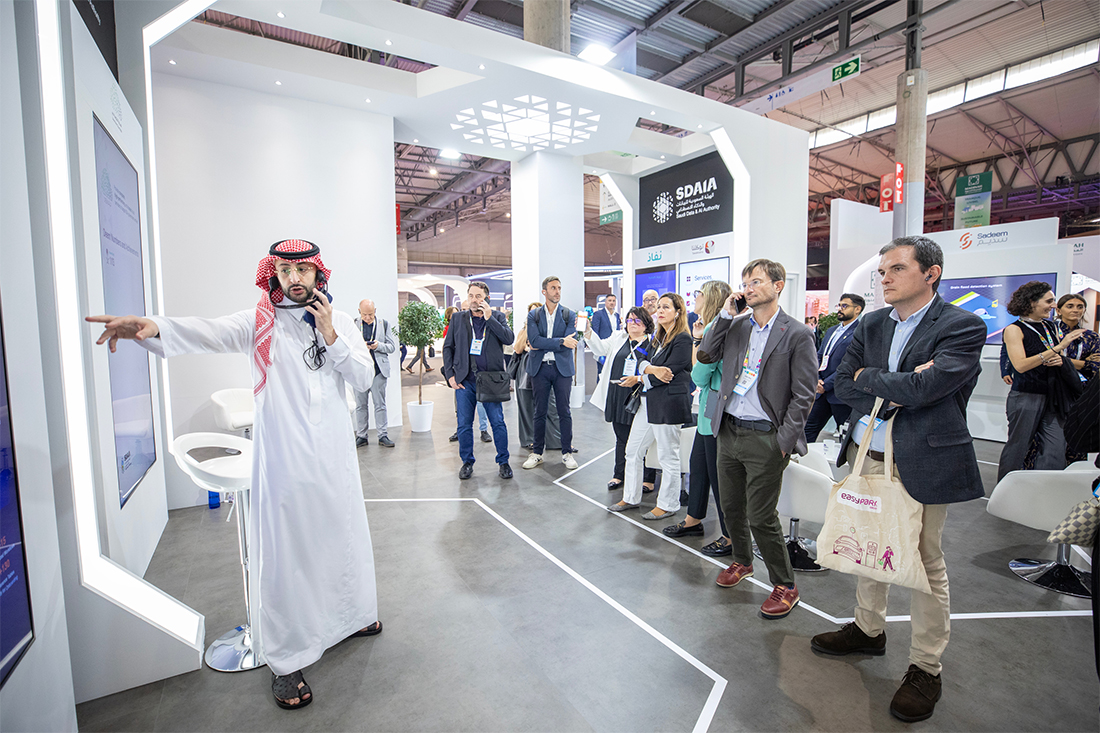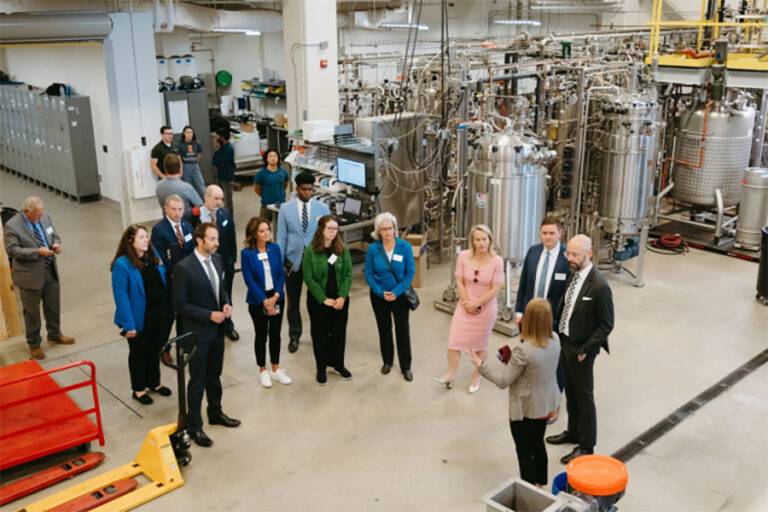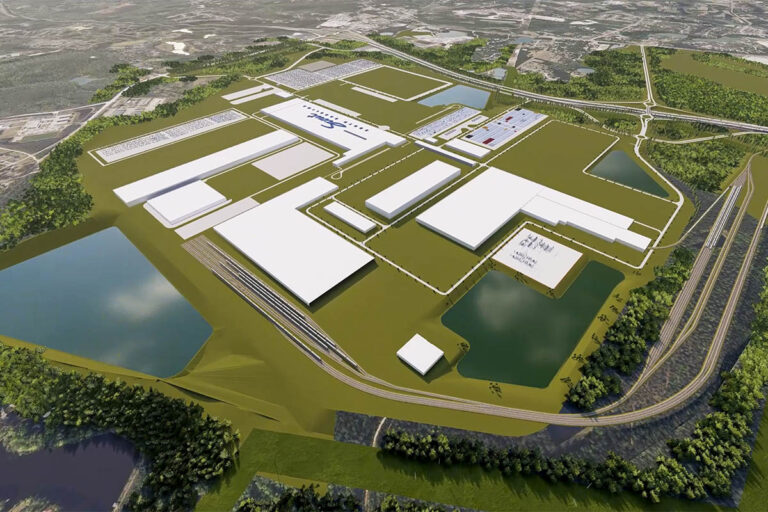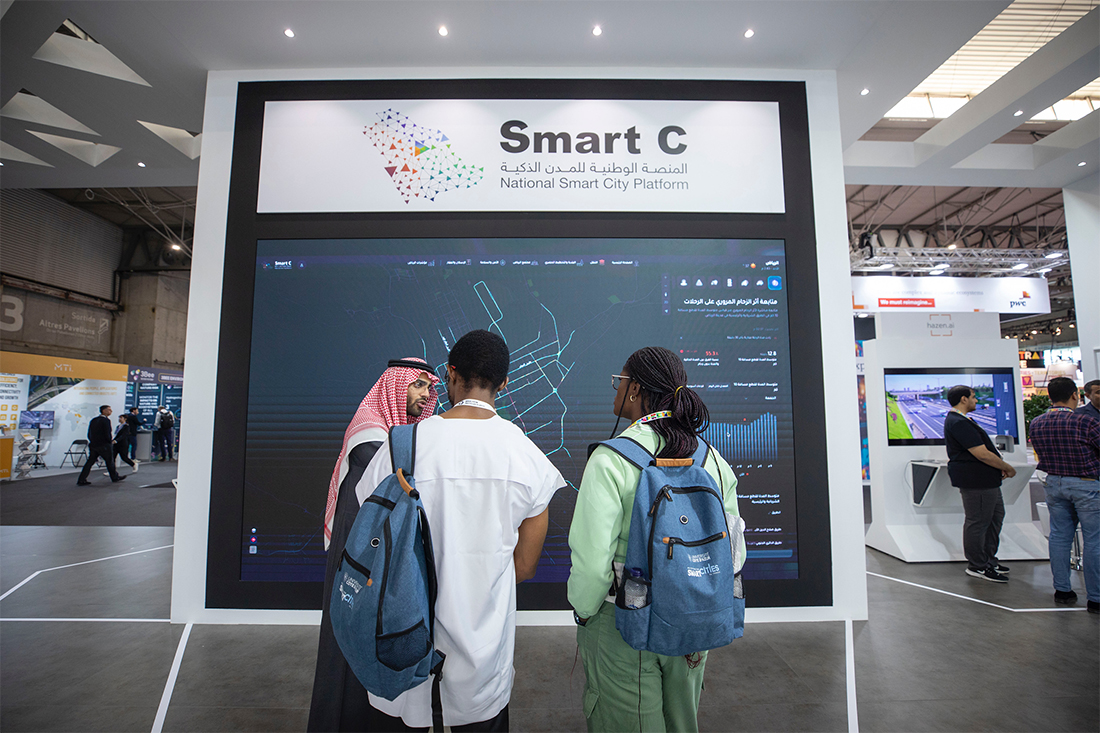
As Saudi Arabia propels toward its Vision 2030—a national initiative to diversify the economy and build a vibrant, inclusive society—data and AI are transforming the landscape in ways that were once unimaginable. At the forefront of this digital evolution is the Saudi Data and Artificial Intelligence Authority (SDAIA), an organization that is reimagining how citizens interact with the government, how cities grow smarter, and how data shapes a more connected and efficient Saudi Arabia. “Our aim is to ensure that citizens, residents, and visitors in Saudi Arabia receive excellent digital services through our innovations,” shares Dr. Hotham Abdulaziz Altwaijry, assistant director for Advanced Recognition Technologies and Digital Identity at SDAIA’s National Information Center.
One of SDAIA’s foundational initiatives is the National Data Bank, a centralized repository that brings consistency, reliability, and speed to public-sector operations across the Kingdom. With over 240 government systems integrated, this data-driven infrastructure powers real-time insights that inform decisions on everything from public safety to transportation to urban planning. Information from sectors like agriculture, education, and infrastructure pours into the system, providing a single source of truth and allowing SDAIA to optimize urban services through its SmartC platform. This level of integration saves citizens both time and frustration. “This transformation has saved over 5 billion minutes of citizens’ time in government transactions,” notes Dr. Altwaijry. The scale of the impact is enormous, setting a standard for data-driven efficiency not only in the Middle East but across the globe.
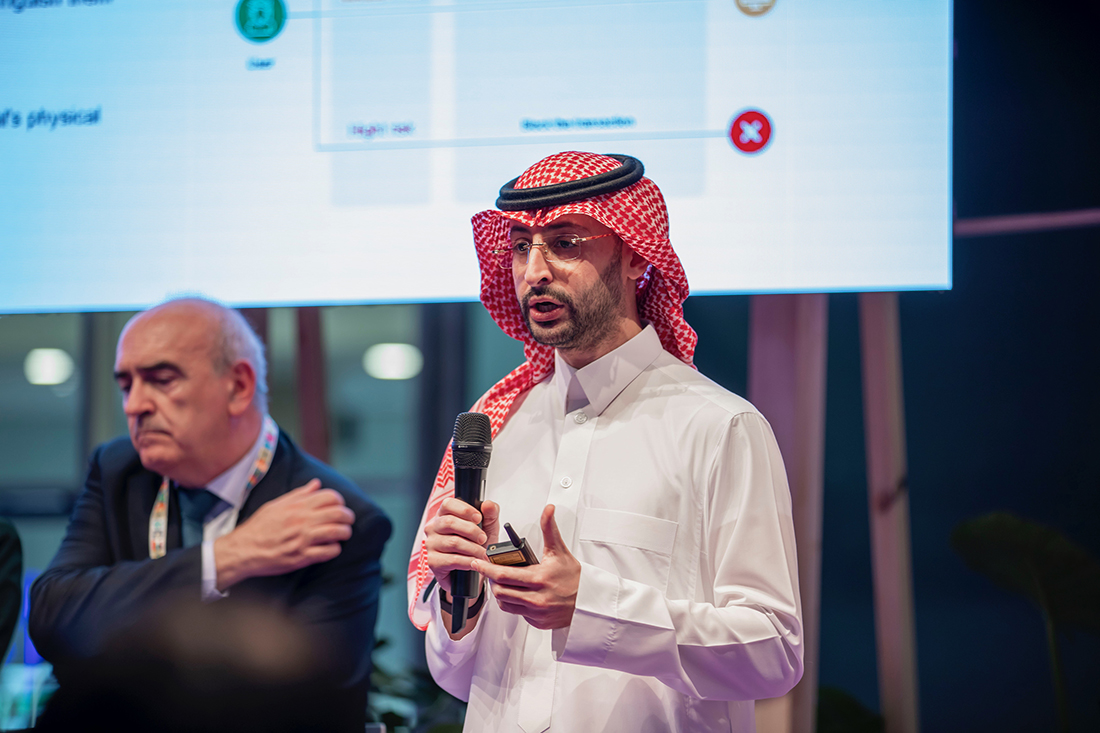
Beyond the backbone of data integration, SDAIA has transformed everyday life in the Kingdom with Tawakkalna. Initially launched as a COVID-19 tracking app, Tawakkalna rapidly evolved into a comprehensive “super app” that integrates more than 315 services into a single, easy-to-navigate interface. With over 32 million users across 77 countries, Tawakkalna has become central to daily life in Saudi Arabia. By 2027, SDAIA’s goal is to consolidate nearly all government services into this one app, making it a vital tool for digital life in the Kingdom. “Tawakkalna’s role will only expand from here,” says Dr. Altwaijry, highlighting its potential to transform services for citizens, residents, and even visitors in Saudi Arabia.
SDAIA’s data initiatives are crucial in advancing smart city developments, where urban life is increasingly enhanced by AI-powered platforms like SmartC. In addition to optimizing infrastructure, these technologies are used to manage unique challenges—such as the Hajj pilgrimage, where over two million people converge in a confined area for a short period. For Hajj, SDAIA developed algorithms that support crowd management, ensuring safety and efficient movement within the city of Makkah Dr. Altwaijry explains, “We developed algorithms to support crowd management, ensuring safety and efficient movement.” This precision in managing crowd dynamics underscores SDAIA’s role in leveraging AI for a smarter, safer Saudi Arabia.
“In SDAIA, data and AI aren’t just tools—they’re the backbone of a smarter, more connected Saudi Arabia.”
Dr. Hotham Abdulaziz Altwaijry, SDAIA
Beyond smart cities, SDAIA’s DEEM Cloud platform has transformed how the government handles resources, becoming a model of efficiency and scale. Hosting over 237 government entities and integrating 175 data centers, DEEM has saved an impressive 2 billion Saudi Riyals, channeling savings back into the Kingdom’s broader sustainability and development goals. This infrastructure not only meets the digital needs of the government but is also reshaping Saudi Arabia’s approach to public resources, optimizing their use for a smarter future.
For SDAIA, technology alone is not enough. Building a skilled workforce capable of supporting this digital ecosystem is critical to maintaining and expanding Saudi Arabia’s digital infrastructure. Partnerships with global leaders like Google, as well as internal programs to upskill Saudis in data-related fields, ensure the Kingdom is building the capabilities needed to continue this digital transformation. Female participation in SDAIA stands at 50%, reflecting a commitment to inclusive growth in tech. “We’re very proud of our progress in supporting Saudi talent,” Dr. Altwaijry notes, showing that this is a Kingdom-wide commitment, not just a goal.
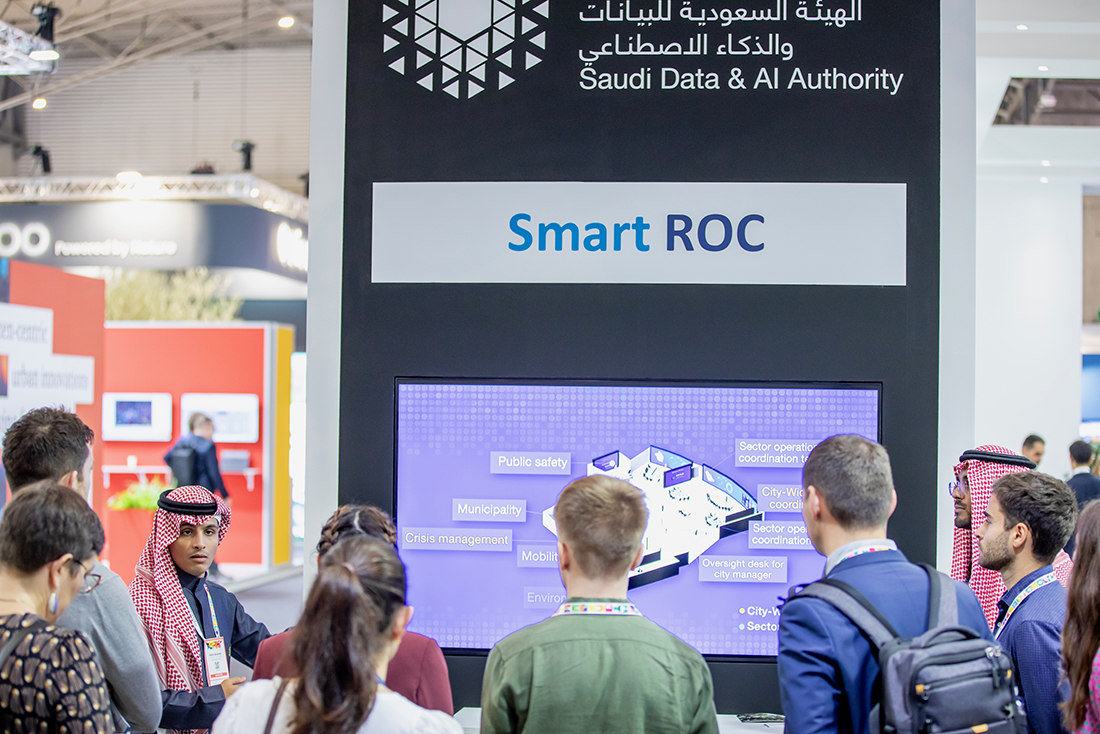
The organization’s drive to innovate goes beyond foreign technology; SDAIA is also focused on creating AI solutions adapted specifically to Saudi society. Alam, an Arabic-language AI model recently ranked second globally, reflects SDAIA’s investment in language-localized AI solutions. SauTech, a transcription tool for Arabic, is designed to handle the diverse dialects across the Kingdom, providing services that feel not only relevant but culturally attuned to Saudi Arabia.
On the world stage, SDAIA is establishing Saudi Arabia as a leader in AI and smart city innovation. The organization’s annual Smart City Forum, co-hosted with Fira Barcelona, draws international experts to Riyadh, creating a platform to showcase the Kingdom’s ambitious urban development goals and collaborative partnerships. “Participating in these events is vital for showcasing Saudi Arabia’s advancements in smart cities and digital services, putting us on the map,” Dr. Altwaijry explains. This outreach is a key part of SDAIA’s mission to attract talent, raise awareness, and ensure that Saudi Arabia remains a global leader in smart city solutions.
In the hands of SDAIA, data and AI are more than mere technologies—they’re the building blocks of a future where every interaction is streamlined, every service is optimized, and every citizen, resident, and visitor in Saudi Arabia benefits from a seamlessly connected society. The Kingdom’s vision for a smarter, more connected tomorrow feels closer than ever.





